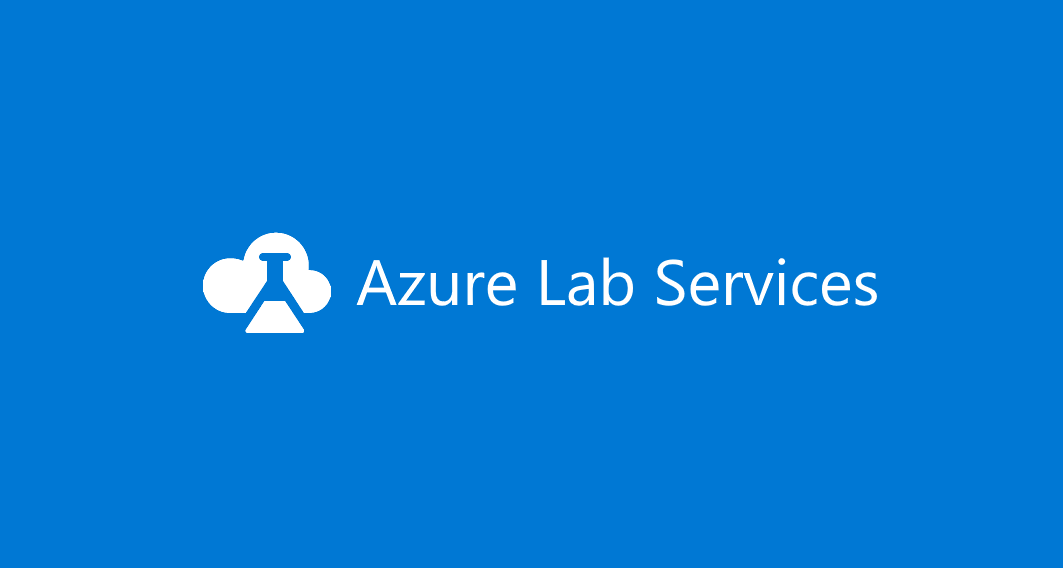Azure Communications Services and Azure Open AI Reimagine Customer Support and Business Insights

Contact and support centers are often the first point of contact for customers who need assistance, information, or feedback from an organization. However, managing a large volume of inbound and outbound calls, emails, and chats can be challenging, costly, and stressful for both agents and customers. That's why many contact centers are looking for ways to leverage artificial intelligence (AI) to enhance their workflows, automate repetitive tasks, and provide faster and better service. In this article and the attached sample, we will explore how Azure Communication Services can help contact centers to improve support agent productivity, customer satisfaction, and reduce costs.
Azure Communication Services offers multichannel communication APIs for adding voice, video, chat, text messaging/SMS, email, and more to developer’s applications and is the same underlying platform and infrastructure that powers Microsoft Teams and more the 300 million active users per day. These capabilities can be integrated into custom application experiences that use your brand’s identity and distinctiveness.
Azure Open AI is a set of cloud services that provide artificial intelligence (AI) and machine learning (ML) capabilities to your applications, such as natural language processing, computer vision, speech, and decision making. Azure Open AI is a customizable model that can be used in your contact center solutions to support live agents by adding intelligence and automation to your communication scenarios, such as understanding customer intents, automate responses to common customer problems, analyzing customer emotions, transcribe, and more. In this blog, we’ll focus on AI enhanced agent support and business insights.
Build a custom contact center solution to meet your needs
The integration of Azure Communication Services Client Calling SDK with Azure AI enables businesses to bring artificial intelligence into the client-calling flow. In this Contact Center as a Service model, the contact center support agent receives live recommendations from Azure Open AI on what to say next to best support the customer. Also, call sentiment and call summary that are generated by Azure Open AI can be used by businesses for visualizing call insight.
Imagine this scenario: you want to build or modernize your contact center, and your top priorities when doing so are customer satisfaction and agent efficiency. Your customer calls in and gets connected with a live support agent who leverages AI to obtain information which helps him with resolving the customer scenario. Additionally, to continuously improve agent efficiency, it’s important to gain insights on things like call sentiment and a call summary for later strategy and training purposes. The following sample shows how real-time intelligence can support a live agent with prompts of how best to handle customer issues and the business with insights:
- A Contoso customer calls the Contoso business support agent, who is using a Microsoft Team’s identity joining the call through the Contoso application built with Azure Communication Services Client calling SDK. We need Teams identity for closed captions functionality.
- The Contoso support agent client gets the caption history from the chat between the customer and the agent from Azure Communication Services Client Calling SDK.
- The accumulated captions are sent from the client application to a back-end service built with Azure functions, that is set up to act as a gateway to Azure Open AI. Two prompts are set. The first one provides the Contoso agent suggestions along with customer data gathered from the conversation for customer support form filling while the second one gathers call sentiment and insights for business monitoring purposes.
- The agent suggestions received from the back end are shown on the Contoso support agent client application user interface. The suggestions returned will give the call agent the key talking points to communicate to the customer. The talking points will be optimized hints that are backed by AI. The customer information is gathered from the conversation by AI and is used to fill in support ticket creation forms to help the agent with support ticket creation.
- Business insights such as call sentiment (positive/neutral/negative) and call insight summary are sent from the back-end service to Azure monitor, and log analytics for business visualization.
The call flow is depicted in the diagram below:
In short, Azure Communications Services client calling + Azure Open AI can revolutionize the way businesses interact with their customers. AI integration can generate insightful visualizations that businesses can leverage to make informed decisions.
Getting Started
We would love you to try this out. Check out our GitHub repo for the full sample code and feel free to modify it for your scenarios.
You can also learn more about Azure Communication Services in our documentation.






